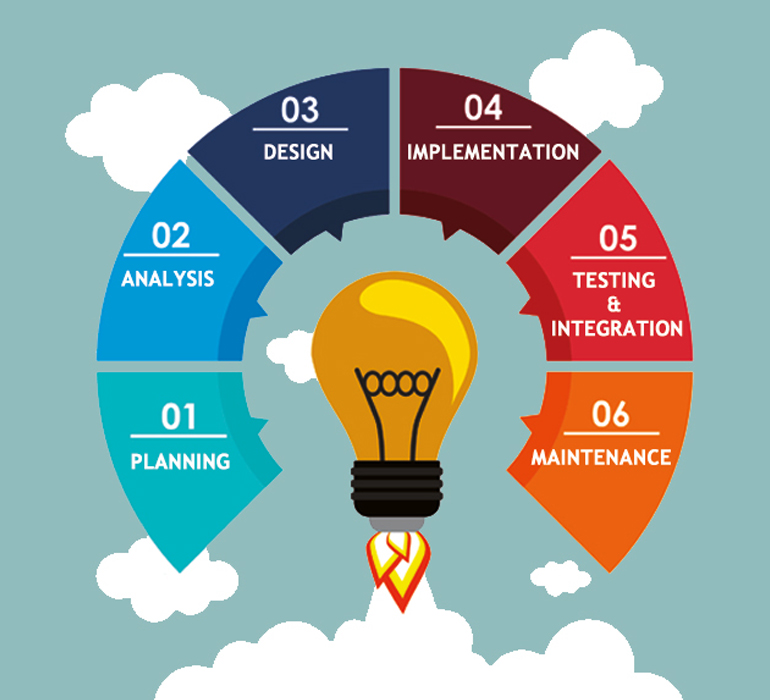GENESES offer customized and cost-effective software development services in multiple development models. Our team has extensive experience developing SaaS applications and our team of experienced developers skilled in new and emerging technologies can work with your requirements and follow a rigorous and comprehensive development process to develop the product within budget and on time. We perform complete business analysis, product vision, customization, integration and API strategies to deliver the product to your satisfaction.

Based on the project type, duration and customer requirement we follow five type of costing models;
Dedicated Staffing Model
The dedicated team model/staffing services works as a dedicated service provider for a period of time. This team acts as virtual extension of the client’s in-house development team. The customer takes the onus of getting work done effectively from the team. Advantages of this model include knowledge retention and therefore the flexibility of utilizing the team for various requirements. Monthly bills are raised based on the number of resources dedicated every month.
Time and Material Model (T&M)
The T&M model works best for customers who want a flexible and agile project execution. Here they play a greater role in the development of the software product or solution. This model works best when requirements change frequently and is generally used for product development projects. In this model the customer carries virtually all the related risks of scope, quality of deliverables and project management. We assign a team to the customer and the actual time spent by the team on the project is billed. Monthly invoicing is pro-rata, based on the total hours spent on the project and the rates for the skill sets involved.
Fixed Price Model (FP)
The fixed price model is ideal for small and medium level projects with clear and well-defined requirements. In this model, we and the customer both carry some scope-related risk. But, as per the agreed contract, any change in the scope would result in a change in the price. Fixed price models allow customers to pay a fixed price for a project that is agreed upon by both the parties. The fixed price could be split and paid on milestones. This model works where the scope and specifications of the project are crystal clear from the very beginning and system requirements are defined clearly.
Hybrid Model
The hybrid model uses T&M techniques to estimate costs for projects that do not have clear-cut goals or detailed and complete requirements initially. It then allows customers to pay a fixed price based on the estimation. This hybrid pricing model has the best features of both the models – T&M and FP, as mentioned above. It allows us to deploy resources as in the T&M model, but most of the project is executed according to the FP model. Hence, the project has a smooth workflow and well-aligned processes.
Hybrid is the best pricing model for bigger, longer and ongoing projects with unclear objectives at the start. Here input and feedback is needed in the beginning, but delivery can be perfected over time to ensure that all customer requirements are successfully met.
The hybrid pricing model helps customers optimize budgets without compromising on the quality of product or application. It also gives the service provider a controlled environment with shared risks in operations.
Managed Services Model
The managed services model offers defined service deliverables at a fixed cost. This was more qualitative in nature where the scope is well defined in the Service Level Agreement (SLA) document. Customers are billed at a fixed monthly cost-plus unit cost per additional unit delivered. For customers, the model helps them arrive at a predictable budget.
